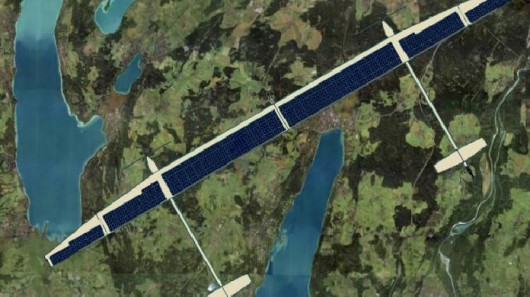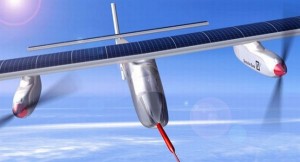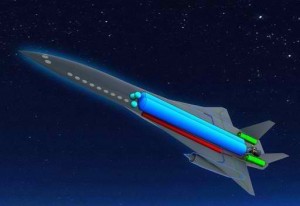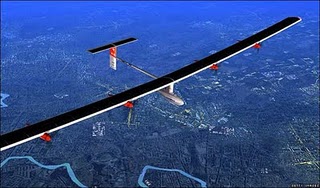
There’s no doubt that satellites have become an essential part of our daily lives, making things like communications, navigation, weather forecasting, and remote imaging all possible. Unfortunately, the orbiting objects can be very expensive, both to build and to launch into outer space. For some of the functions that they carry out, however, an actual satellite isn’t required – a high altitude, long endurance (HALE) aircraft could also get the job done, and at a much lower cost. Some such aircraft have been powered by conventional fuel, batteries, and hydrogen. On November 13th, though, the Electric High Altitude Solar Powered Aircraft (ELHASPA) joined the ranks of HALE aircraft to fly using nothing but the power of the Sun.
 Follow
Follow


 “The objective is to demonstrate what we can do with existing technology in terms of renewable energy and energy savings,” Borschberg told Reuters. What makes this flight so revolutionary is the fact that the airplane was flown overnight, affirming that its feasible to store and use solar power even if the sun isn’t available. “This airplane, the first to function without fossil fuel and without emitting CO2, symbolizes the great efforts the aeronautical industry is making to develop new technologies for energy saving and increased use of renewable energies. Given Brussels Airport’s own ambition to continue reducing our CO2 emissions, we attach particular importance to solar energy generation projects. Therefore, we are delighted that Solar Impulse selected Brussels Airport as its first international destination,” said Arnaud Feist, CEO of Brussels Airport Company.
“The objective is to demonstrate what we can do with existing technology in terms of renewable energy and energy savings,” Borschberg told Reuters. What makes this flight so revolutionary is the fact that the airplane was flown overnight, affirming that its feasible to store and use solar power even if the sun isn’t available. “This airplane, the first to function without fossil fuel and without emitting CO2, symbolizes the great efforts the aeronautical industry is making to develop new technologies for energy saving and increased use of renewable energies. Given Brussels Airport’s own ambition to continue reducing our CO2 emissions, we attach particular importance to solar energy generation projects. Therefore, we are delighted that Solar Impulse selected Brussels Airport as its first international destination,” said Arnaud Feist, CEO of Brussels Airport Company.